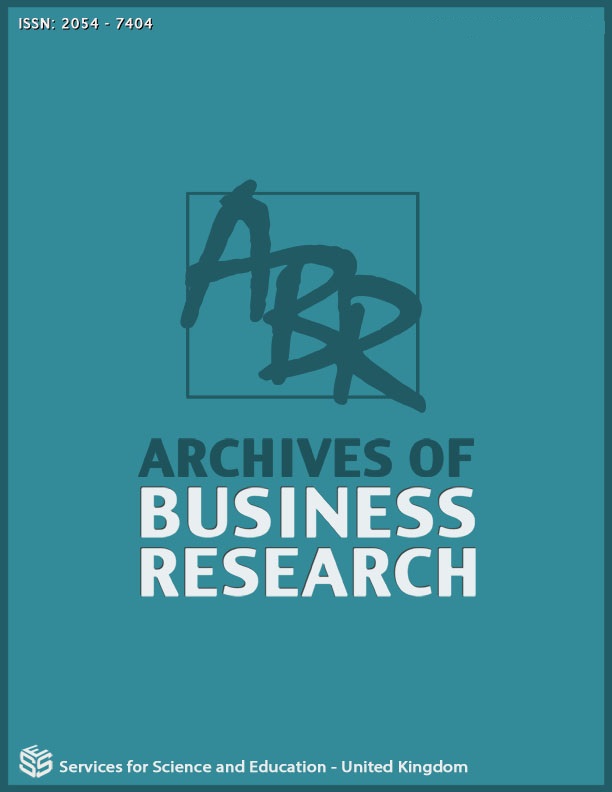An Empirical Relationship Between Real Effective Exchange Rate Volatility and Current Account Balances in Kenya
DOI:
https://doi.org/10.14738/abr.910.11007Keywords:
Real effective exchange rate; conditional volatility; generalized autoregressive conditional heteroscedasticity; current account balances; international competitiveness.Abstract
Deficits in the current account balances have been a common phenomenon in Kenya. Some scholars have attributed this trend to the volatility of the Kenyan shilling. Previous literatures on this issue have generated mixed results on the relationship between Kenya’s real effective exchange rate (REER) volatility and current account balances, and as such this study sought to resolve this controversy. This study investigated and mapped out the profile of Kenya’s REER volatility for the period 1972 to 2015 and interrogated its impact on current account balances (CAB) to fill the gap. The study was guided by Mundell-Fleming-Dornbusch model to measure REER volatility and the elasticity approach to assess the relationship between REER volatility and CAB. The study employed GARCH technique to measure REER volatility and Vector Autoregressive (VAR) model to examine the impact of REER on Current Account Balances. The study adopted Quantitative Research Design. It relied on secondary data sourced from World Bank and International Monetary Fund. Unit root tests reported stationarity when variables were first differenced, while Cointegration test results based on Johansen’s maximum-likelihood procedure indicated that there is no evidence of cointegration among variables under consideration. The results of GARCH revealed that REER was indeed volatile (t-statistic 32.90 > 1.96). The results of multivariate VAR model analysis indicated that REER (-1) volatility impacted positively and insignificantly on CAB, while REER(-2) had a negative and insignificant effect on CAB for the sampled period. Findings of this study will help in the formulation of fiscal and monetary policies to address macro-economic shocks associated with REER volatility in the Kenyan economy. In light of these results, there is need to apply appropriate macroeconomic policy mix in the short run to mitigate the cyclical and short-term shocks that arise from REER volatility and correct the country’s unsustainable external imbalances in the long run.
Downloads
Published
How to Cite
Issue
Section
License
Copyright (c) 2021 Wanyama Silvester Mackton

This work is licensed under a Creative Commons Attribution 4.0 International License.






